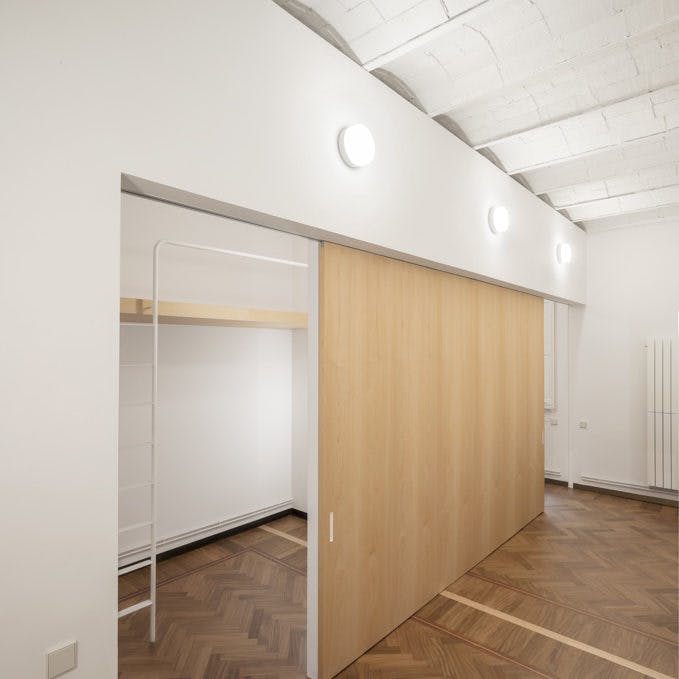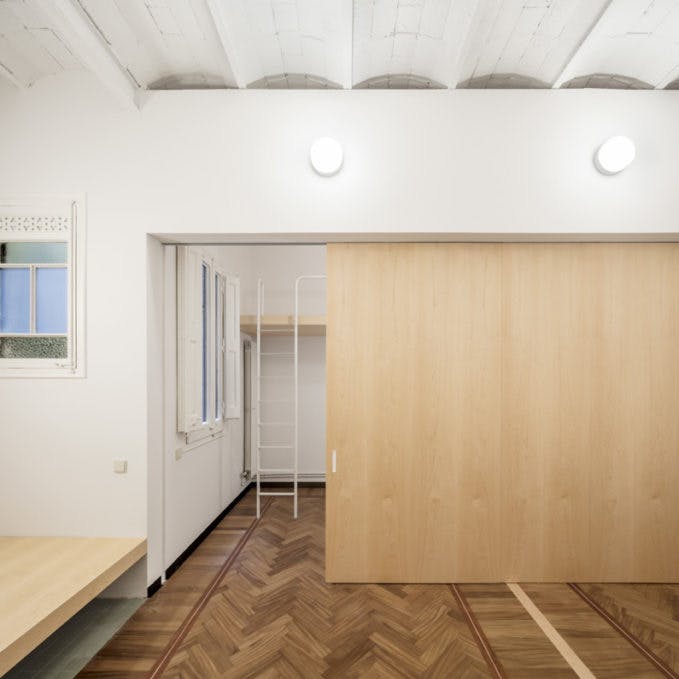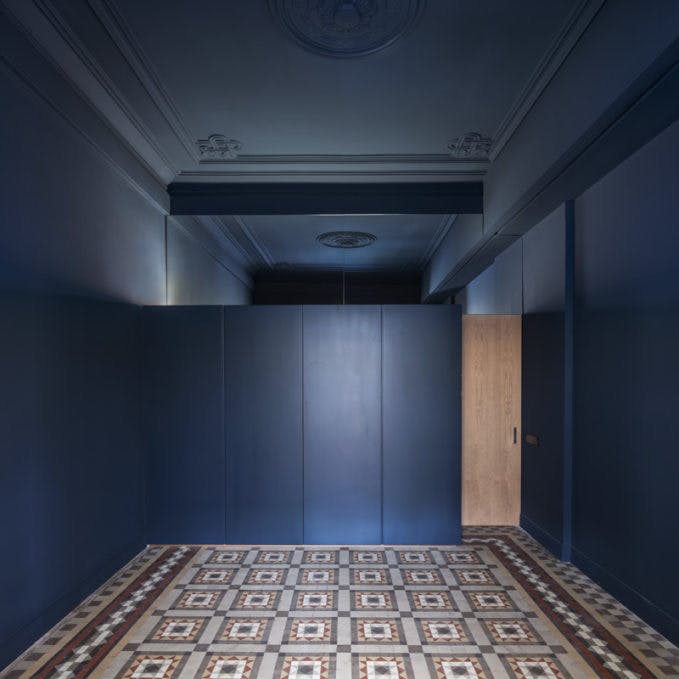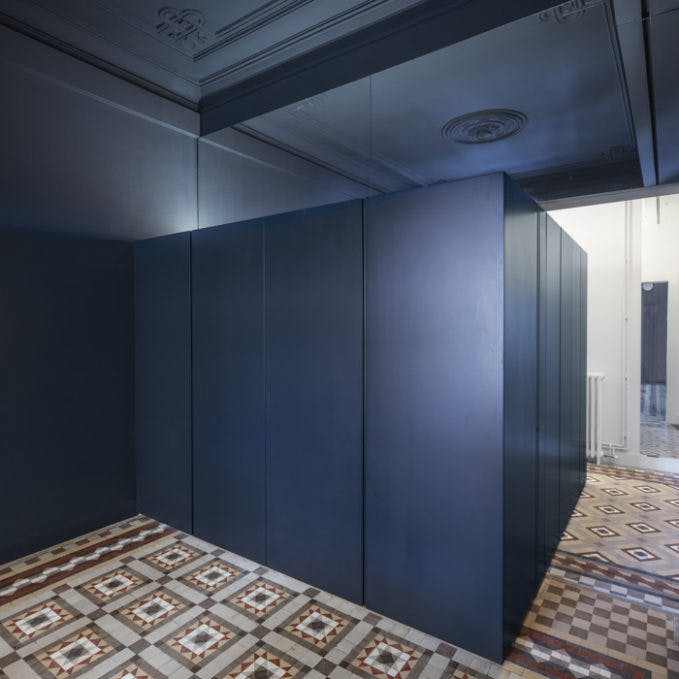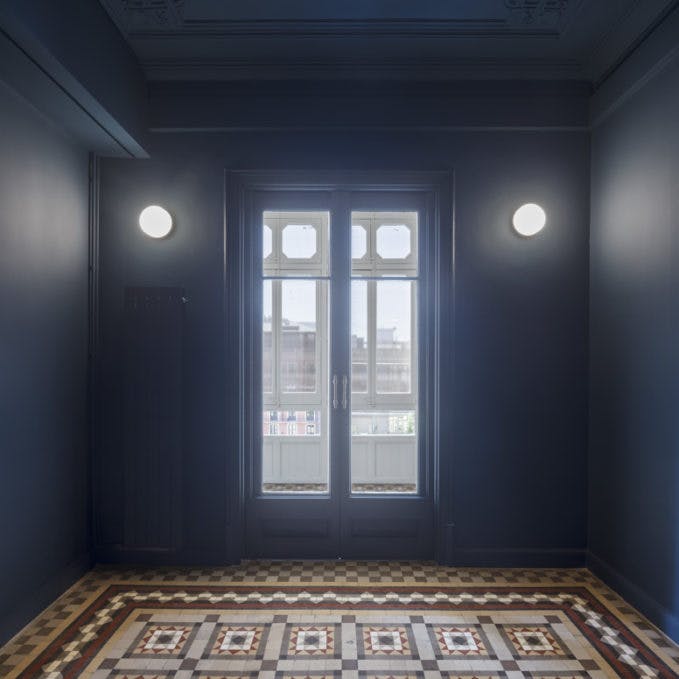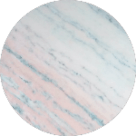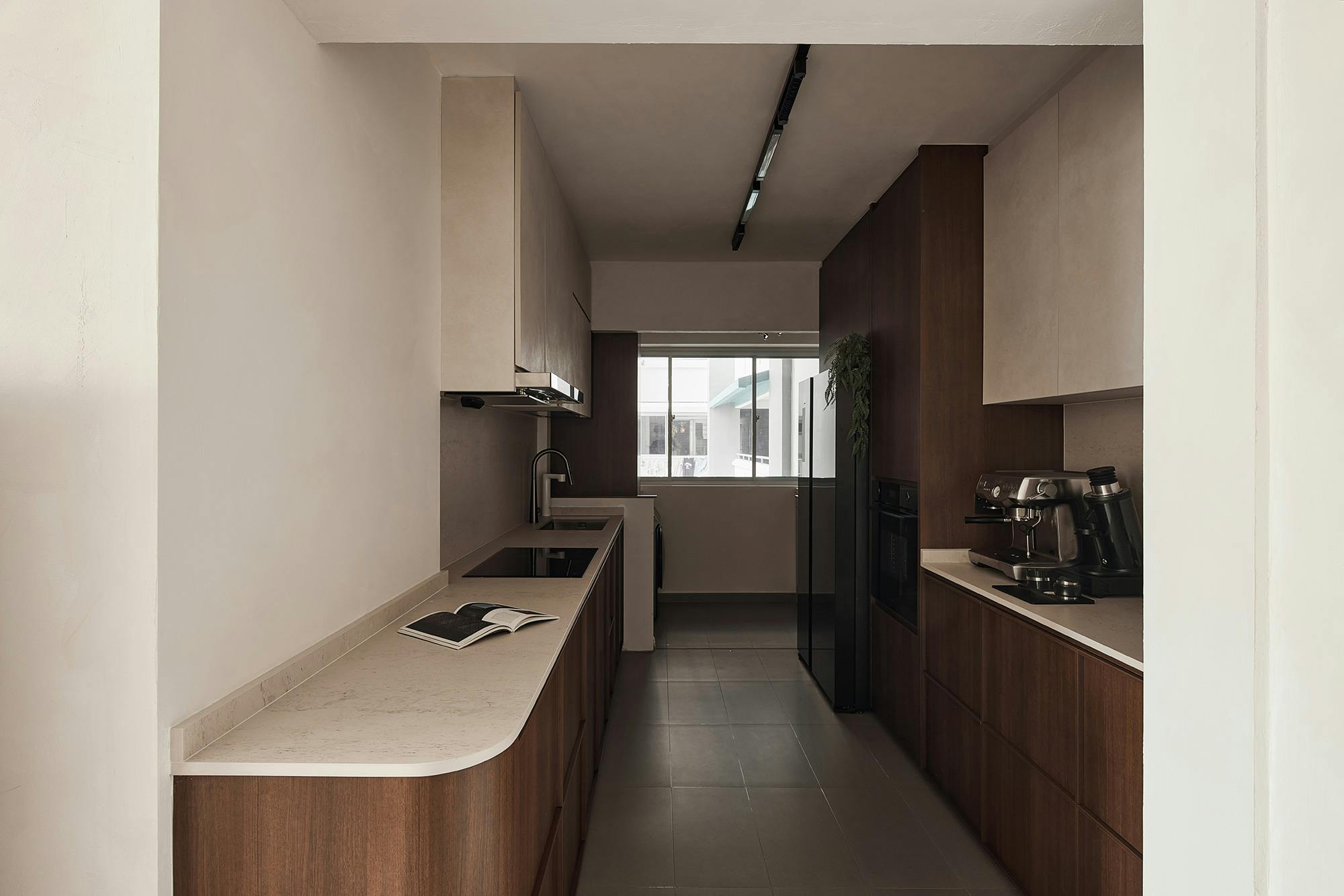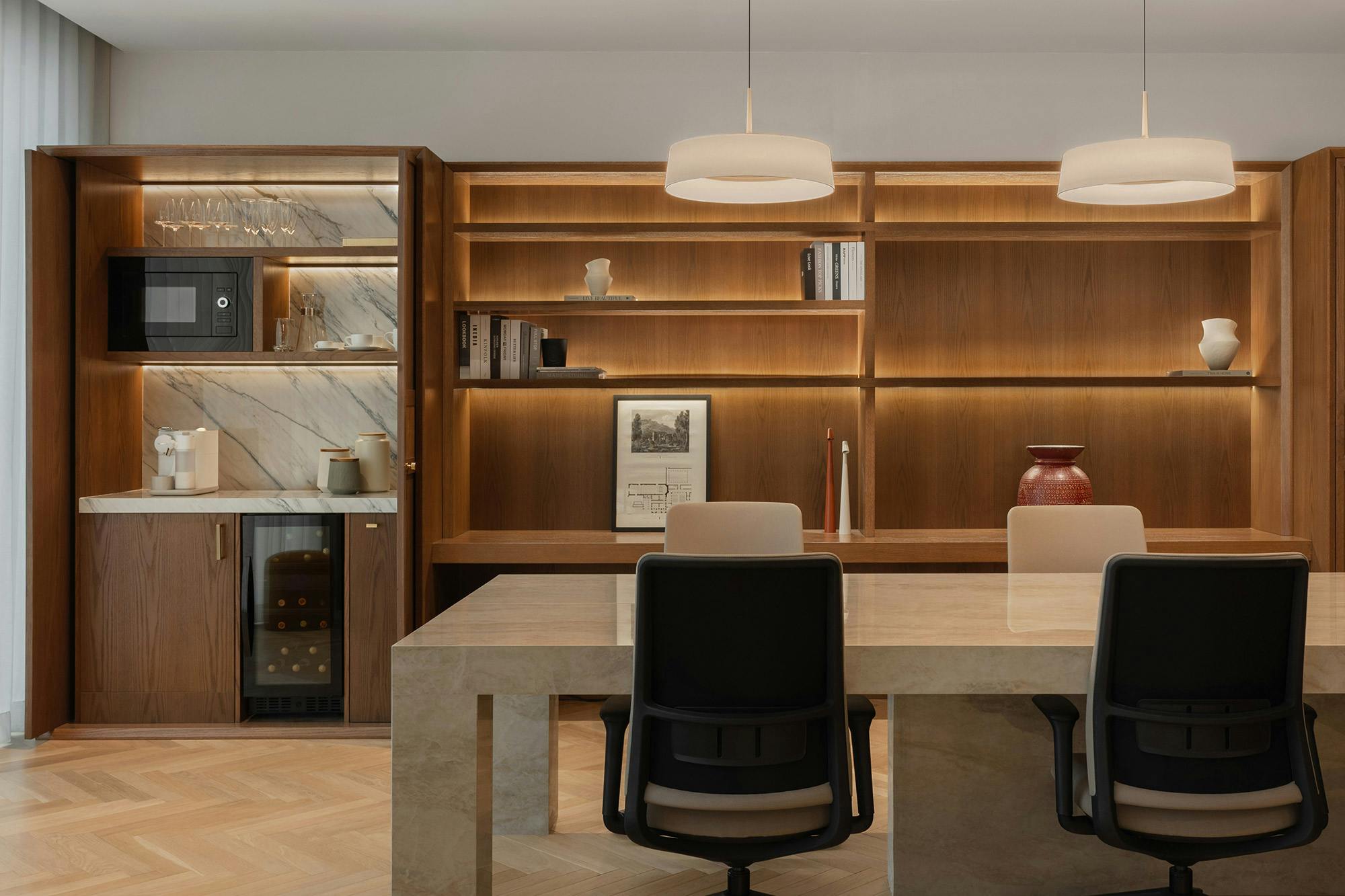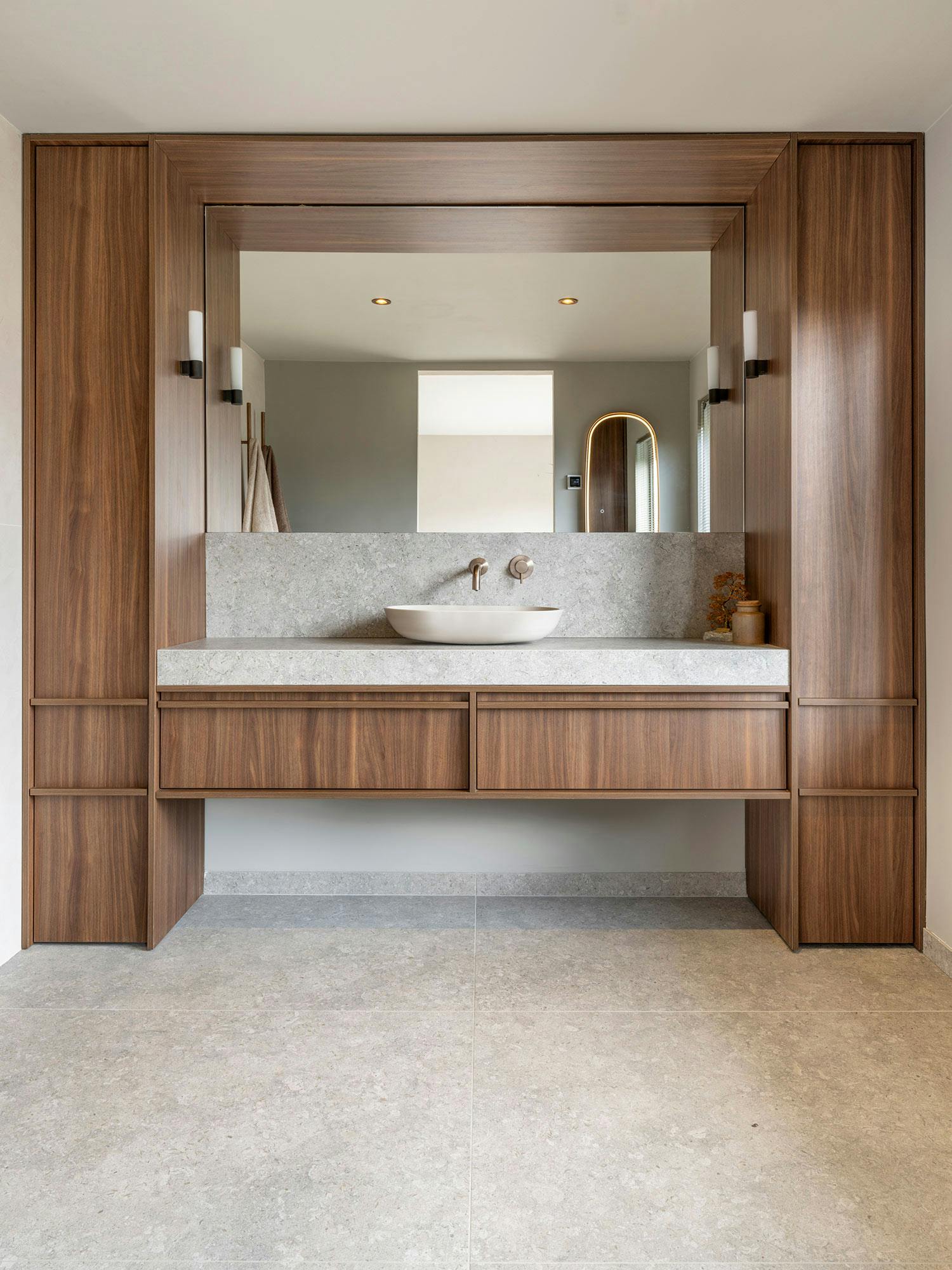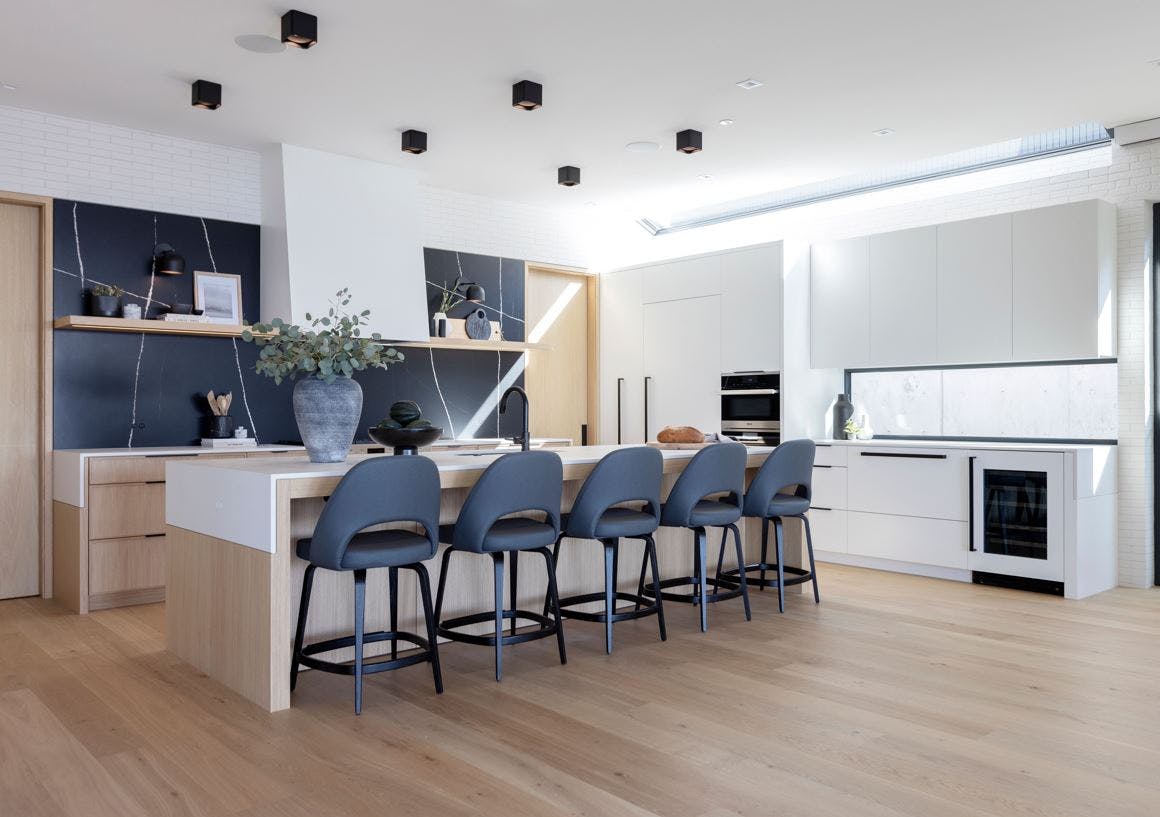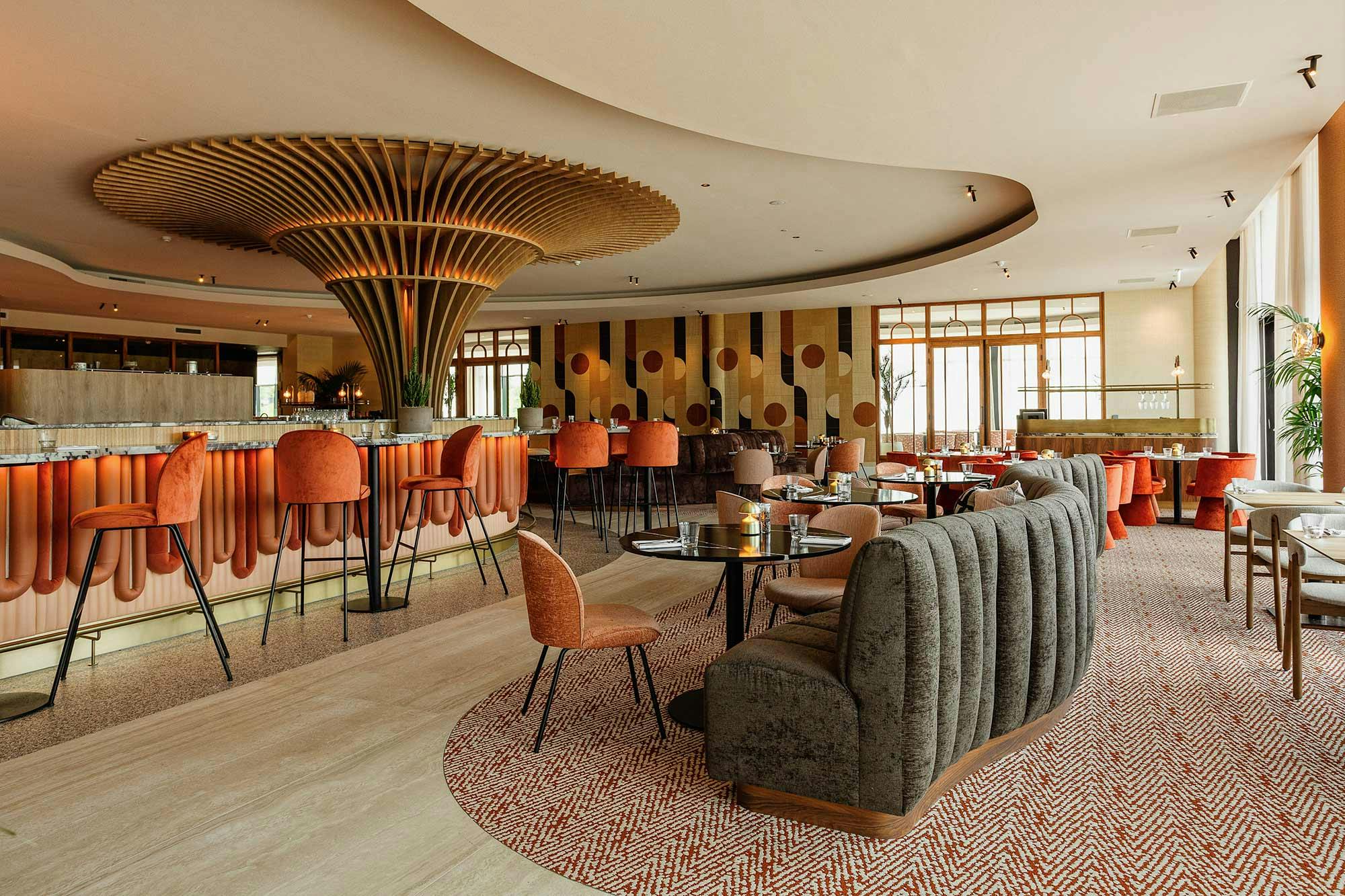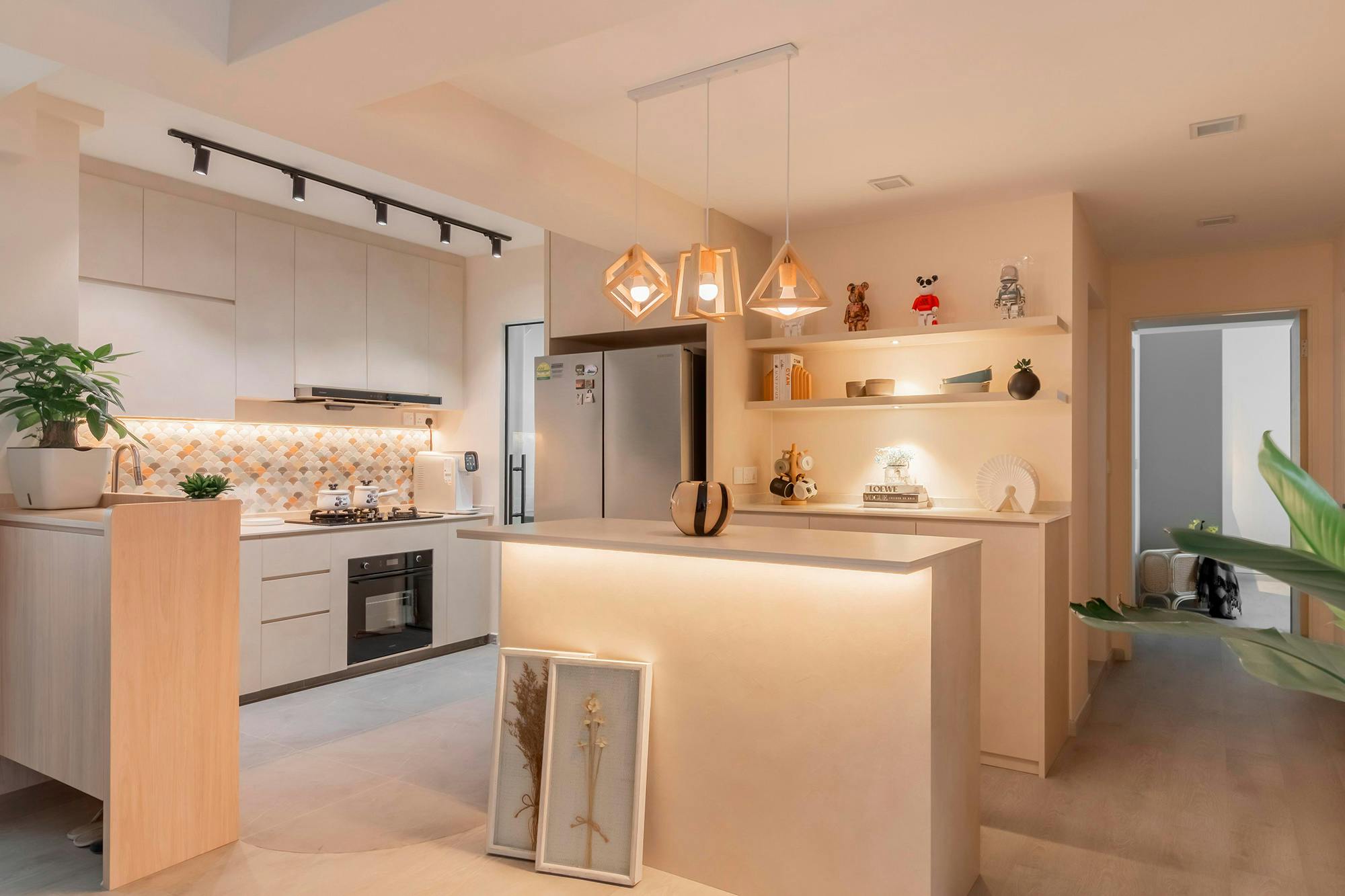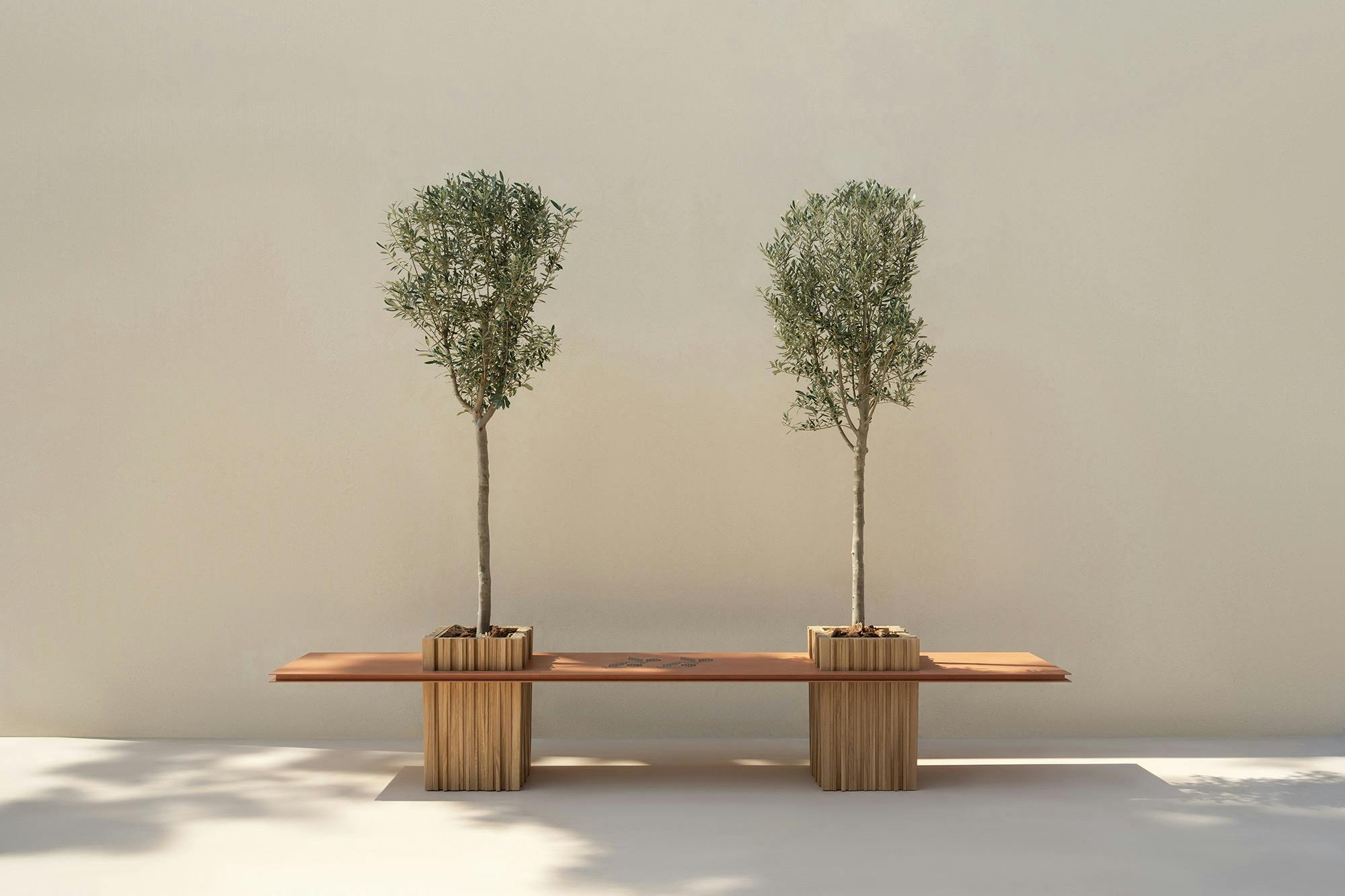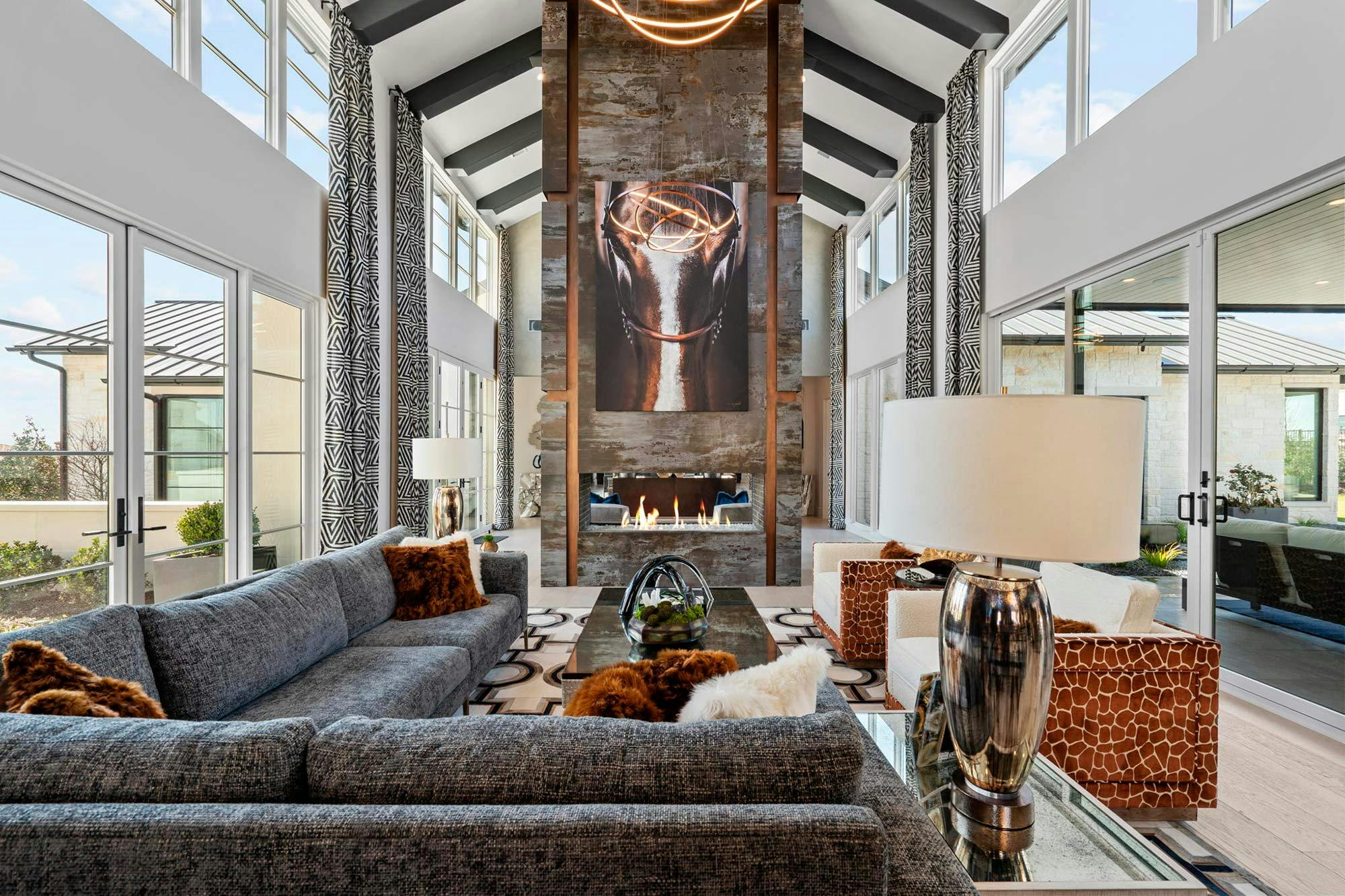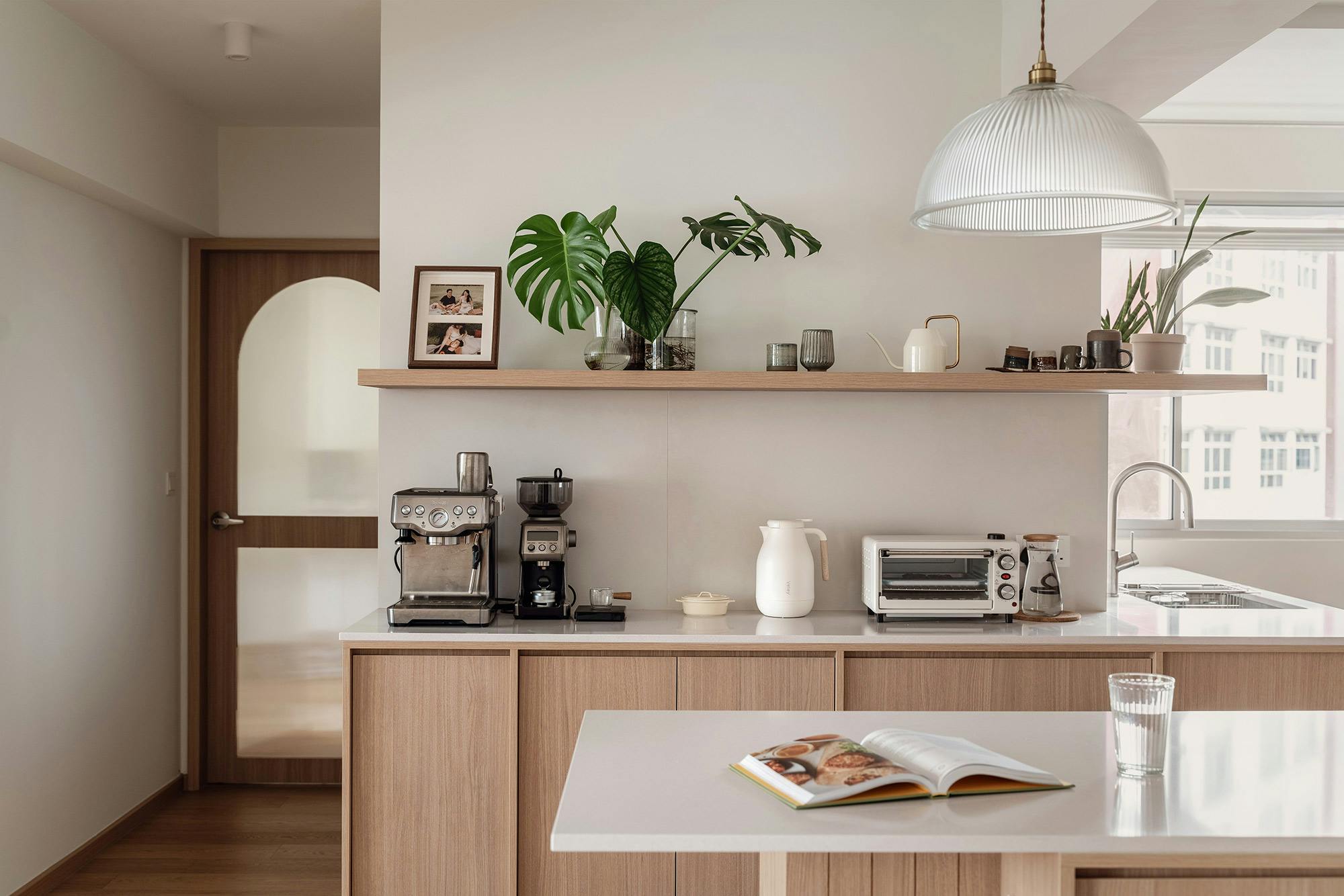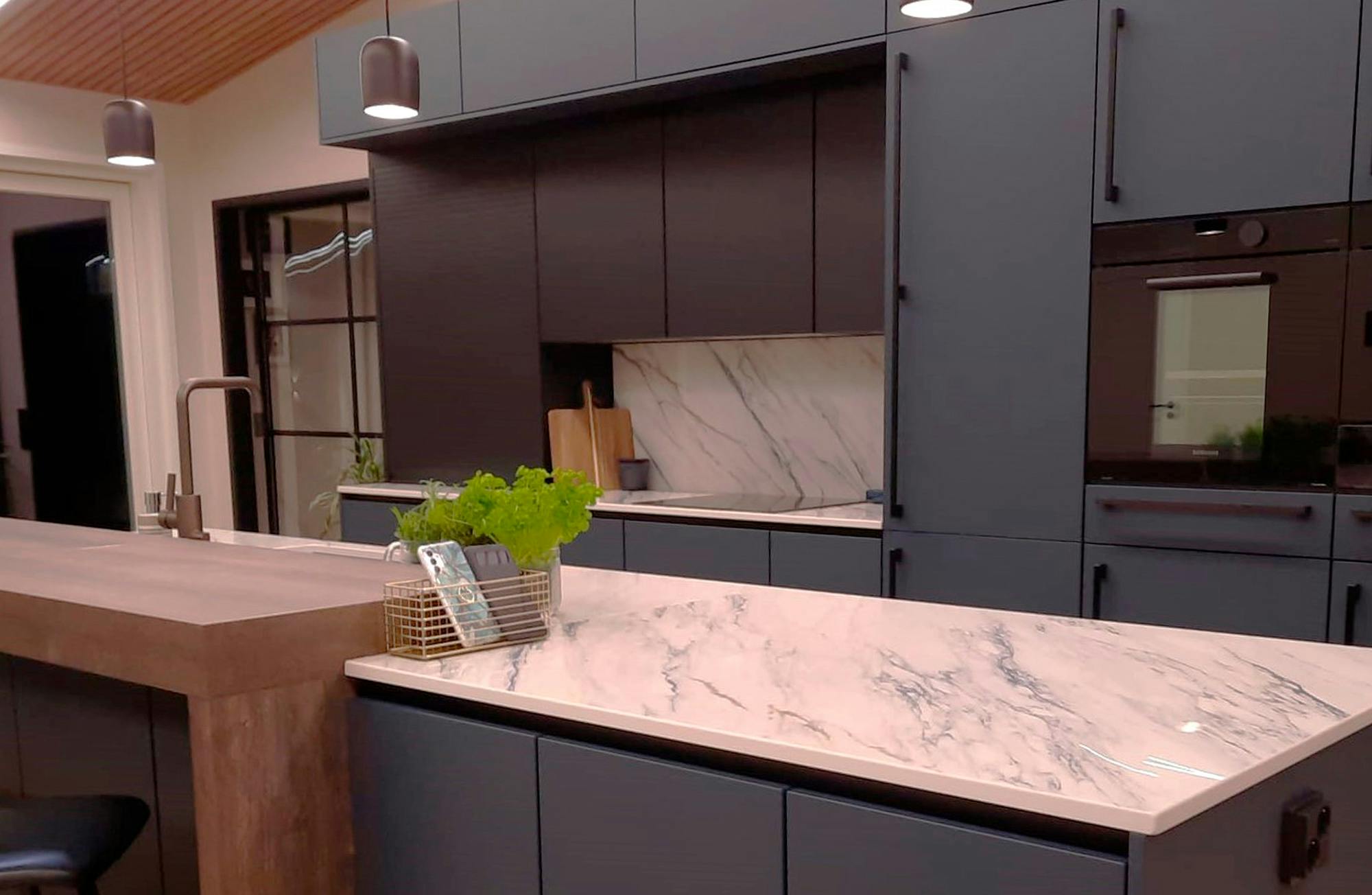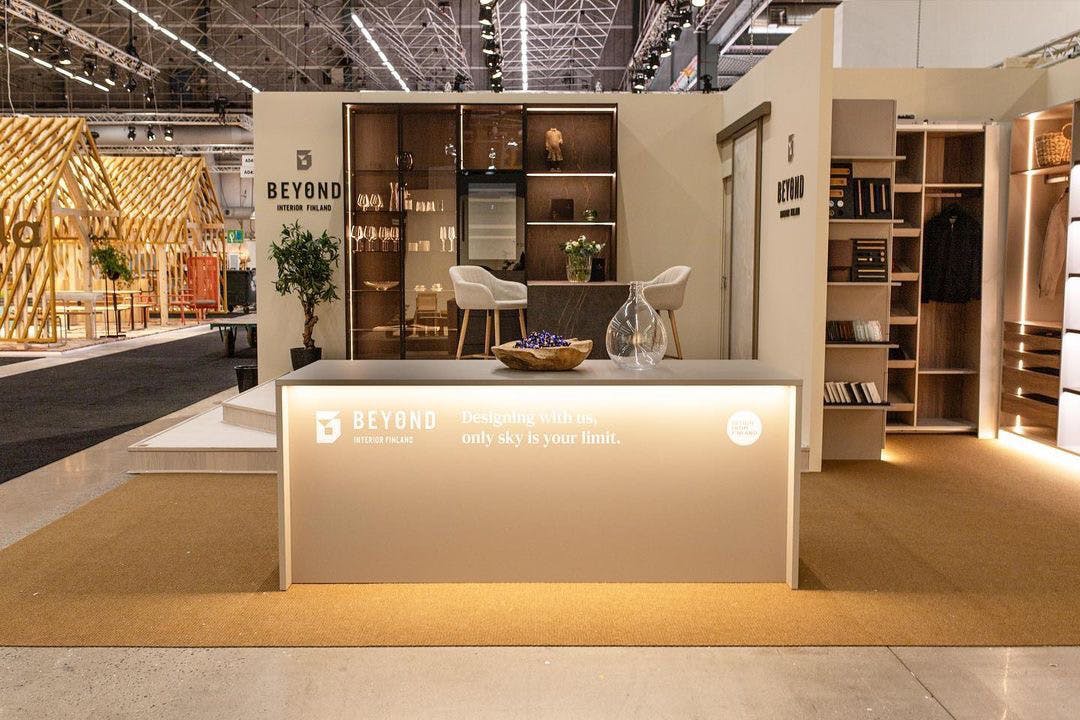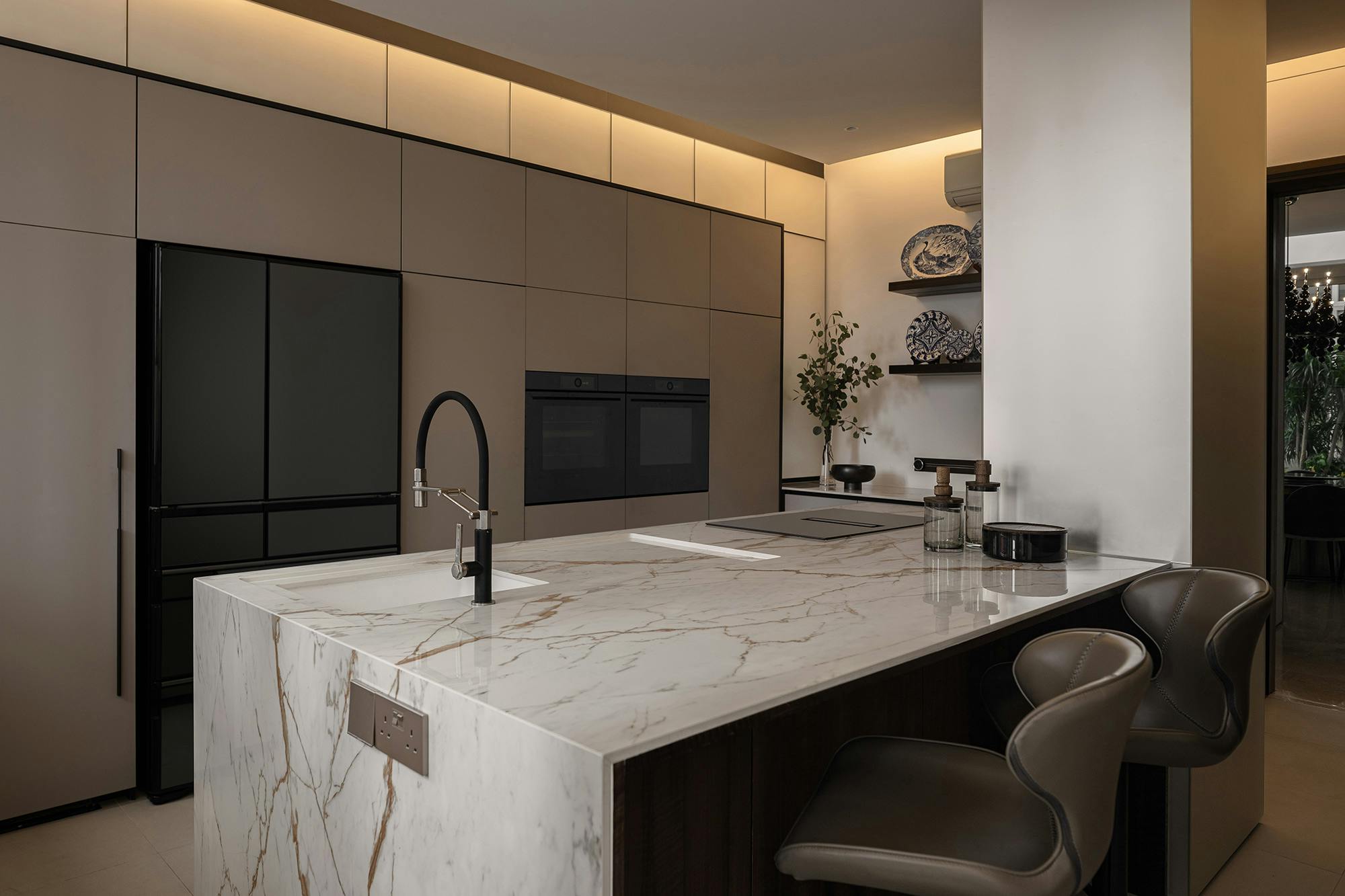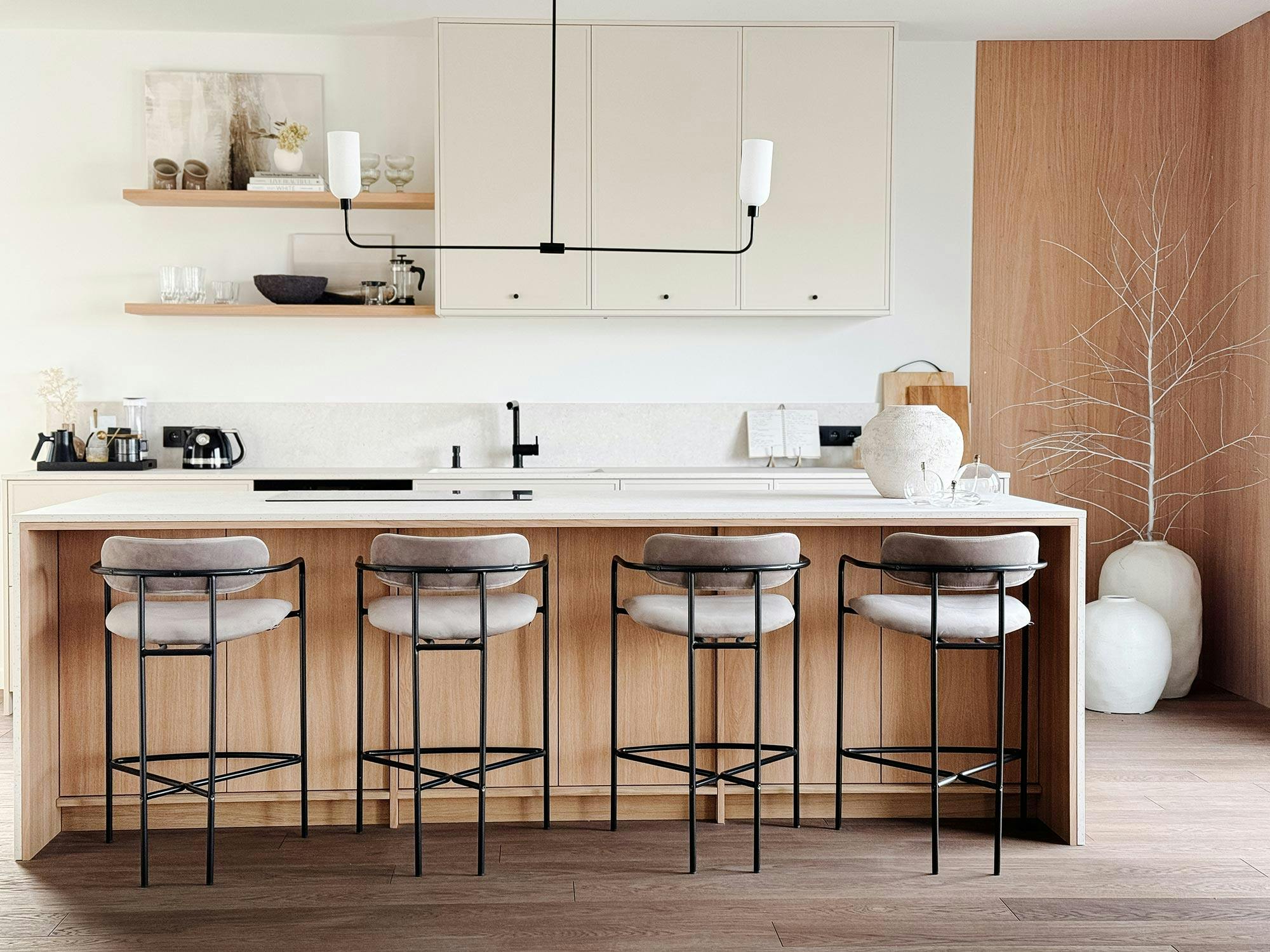Top Homes
A refurbishment paying tribute to Barcelona’s modernism
CRÜ

Location
Barcelona, Spain
Material
SCALEA
Application
Kitchen and bathroom worktops
Slab
Large format
Photography
Adrià Goula
Architecture / Design
CRÜ
Color
Super White Calacatta and Rosa Portugues marble
End date
2020
Thickness
20 mm
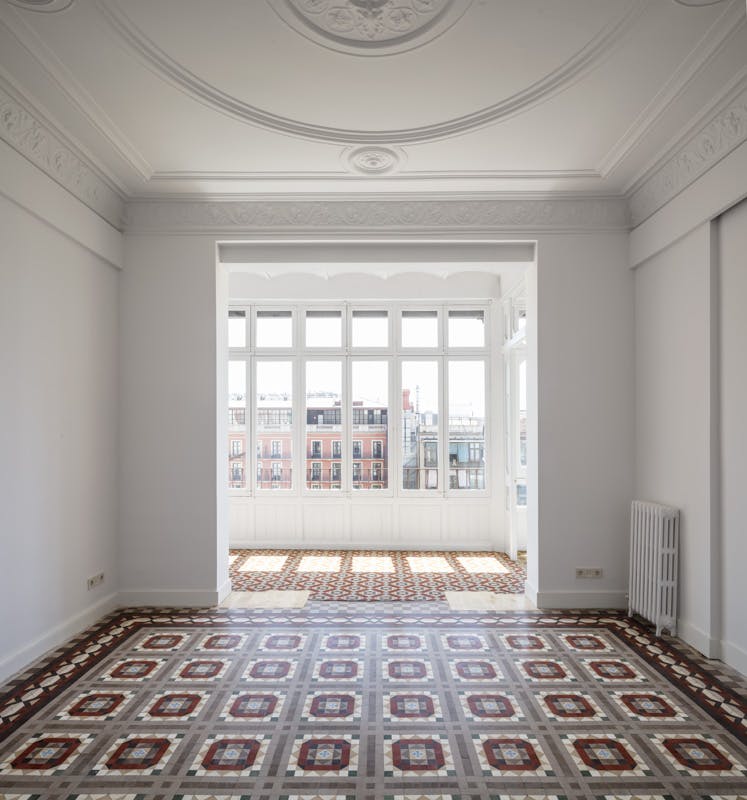
True to the existing elements but in a contemporary spirit
The refurbishment project for this space is as delicate as it is lucid and has succeeded in recovering the residential character of this home called La Carla. It is located in a building that preserves the last remnants of Catalan modernism and dates back to 1936, a key factor in the redesign work performed by CRÜ architecture studio. The project aimed to restore the existing architectural and decorative features. A premise that weaves the language on which the whole project is based: an exercise in archaeology that involves the restoration of the pre-existing elements and the overlapping of a second layer with the new intervention. The owners, Carla and Tono, entrepreneurs and public relations officers, agreed on one condition: to create a large, self-contained area for the children and an equally large, self-contained area for the parents. The rest of the house had to be arranged between these two areas.
Staying true to the existing elements also marked the layout, as it was intended to maintain the structure of the partition walls of the space. As a result, the space was limited to three main functions: the future kitchen open to the hall (an originally oversized space that, when redesigned as a kitchen, is organised more efficiently according to its scale), the merging of the two offices to form the children’s area and, finally, the enclosure between the two rooms leading to the corridor, which would define the perimeter corresponding to the parents’ area.
A kitchen in keeping with the past
This purist concept made it possible to preserve and restore everything in this space: false ceilings, mouldings, Nolla’s mosaic tile floors, solid wood parquet, woodwork with carved glass and wrought iron elements. On the other hand, an effort was made to maintain harmony between the existing elements in the three new areas. The kitchen took the form of a prismatic, longitudinal object, with a geometry that emphasises the contrast with the place it occupies, floating freely in space and extending slightly to invade the transverse wing of the old hall. The vertical kitchen units were relocated on the wall opposite the island to complete the transformation of the living room into a kitchen and a ‘space between spaces’. Here, natural stone in Super White Calacatta colour was added as the main feature, creating an island with a very decorative and sculptural extension. The white base with grey veins of this natural stone brings elegance and sophistication to this minimalist space, drawing the aesthetic attention of this room to this piece.
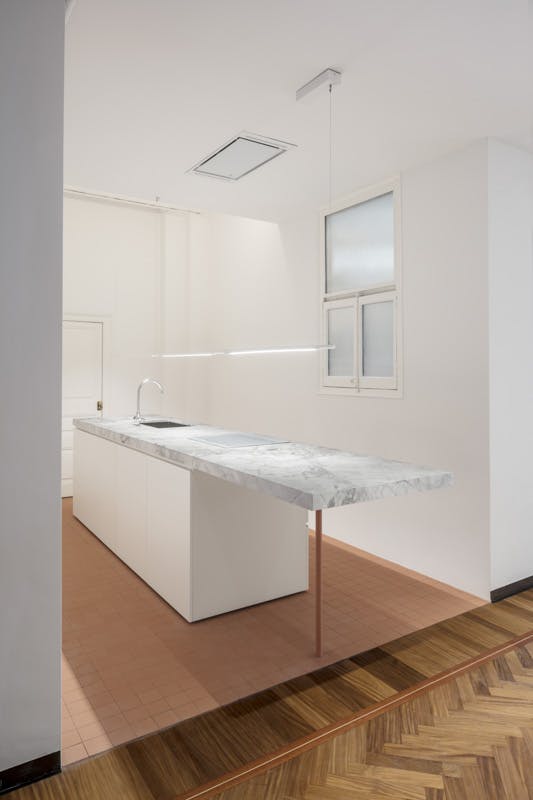
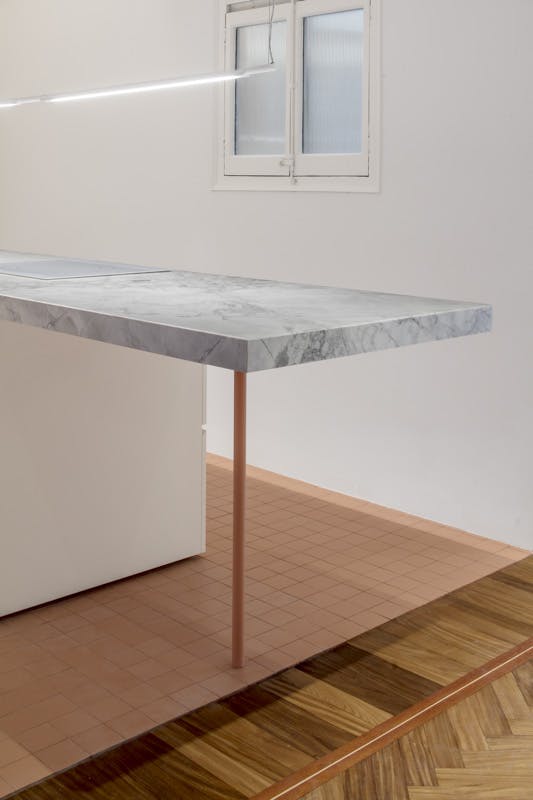
The children’s area
In the children’s area, partitions are built to separate the two living units from the shared play area. The threshold between these two zones is elastic and permeable thanks to the use of large-format maple wood sliding panels which allow the spaces to interact in three directions. In the children’s bathroom, natural stone also plays an important role with a Rosa Portugues marble countertop, which gives the space a cosy feel with its cream, white and pink hues.
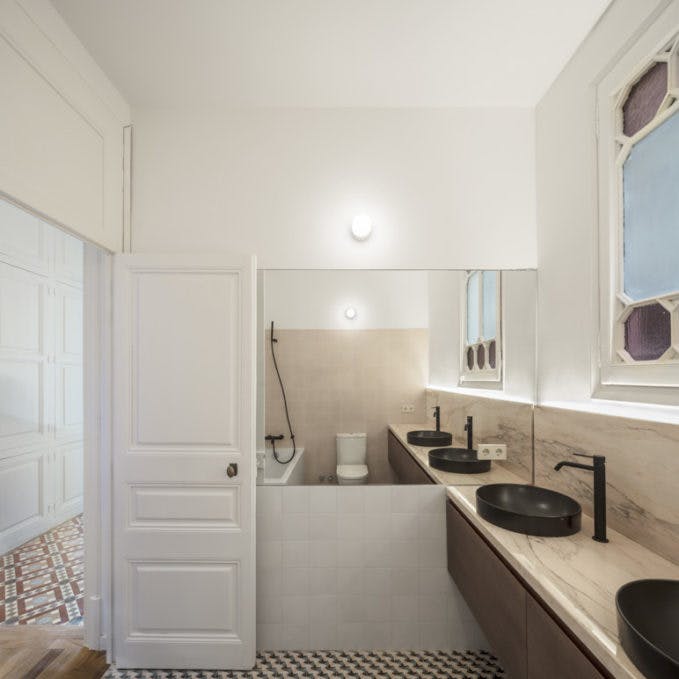
The parents’ safe haven
In the parents’ area, an explosion of deep Mediterranean blue pervades the entire space: cornices, mouldings, ornaments, walls and skirting boards. The resulting space looks almost like a cavity, a safe room.
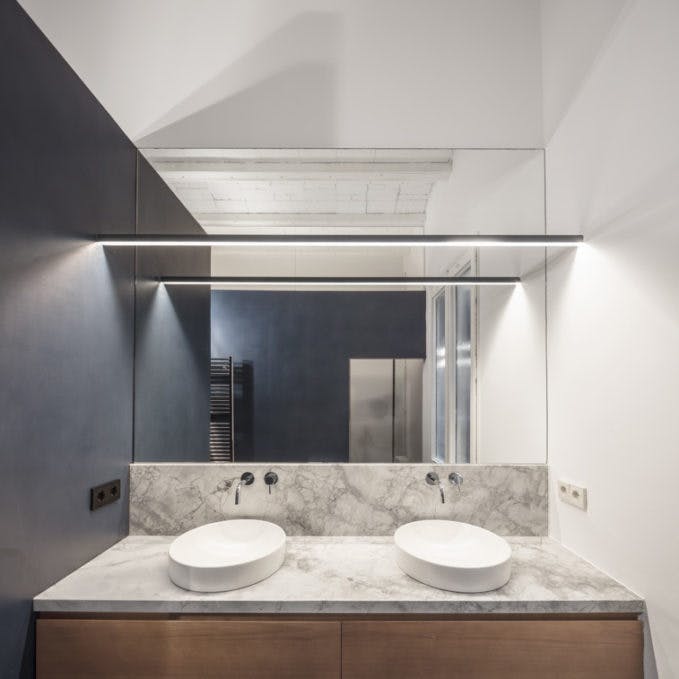
Cosentino’s materials used in this project


 Back
Back